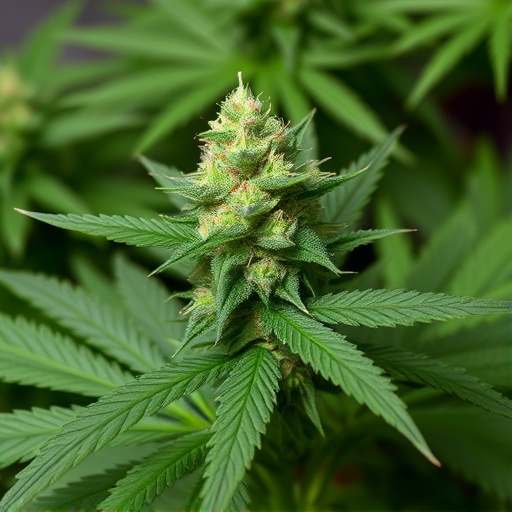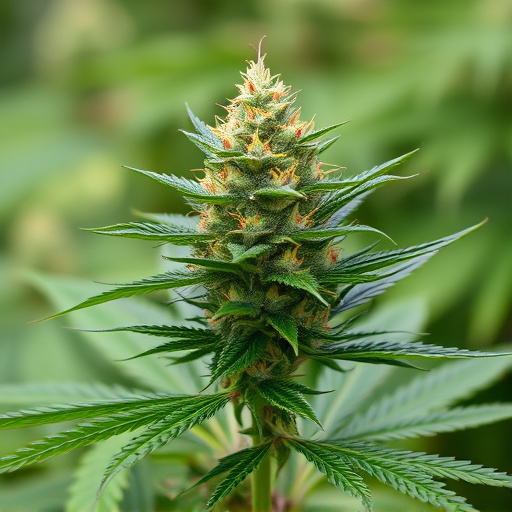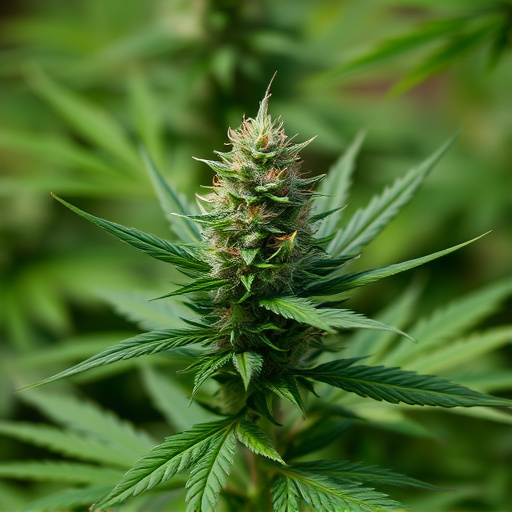Cannabis flowers feature diverse strains with unique chemical compositions, offering a spectrum of therapeutic benefits. The primary cannabinoids, THC and CBD, have distinct effects: THC induces psychoactive feelings for relaxation or pain management, while CBD lacks psychoactivity, providing anxiety relief and anti-inflammatory properties. Terpenes further customize cannabis experiences. Understanding these strain profiles allows users to select the optimal cannabis therapy based on their specific medical requirements, leveraging its multifaceted applications in treating conditions like chronic pain, multiple sclerosis, and epilepsy.
“Unraveling the Medical Potential of Cannabis Flower: A Comprehensive Guide
Cannabis, with its diverse strains and complex chemical profiles, has long been a subject of interest for medical researchers. This article explores the science behind cannabis strains and their unique effects on the body’s endocannabinoid system. We delve into the remarkable applications of cannabis flower in managing chronic pain, alleviating anxiety, and its emerging roles in skincare.
Furthermore, we navigate the legal landscape surrounding medical cannabis globally and highlight ongoing research that promises to expand our understanding of this versatile plant.”
- Understanding Cannabis Strains and Their Effects
- – Different cannabis strains and their unique chemical compositions
- – How cannabinoids (THC & CBD) interact with the endocannabinoid system
Understanding Cannabis Strains and Their Effects
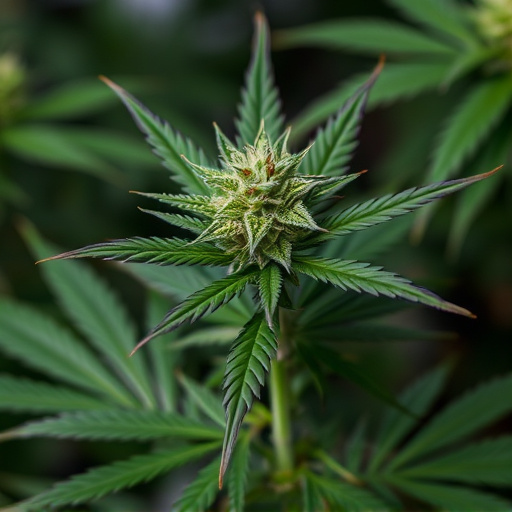
Cannabis flowers come in a wide variety of strains, each with unique chemical compositions and consequently distinct therapeutic potential. Understanding these strains and their effects is crucial when exploring cannabis as a medical treatment. The primary active compounds in cannabis are cannabinoids, most notably THC (tetrahydrocannabinol) and CBD (cannabidiol). Strains high in THC tend to produce more intense psychoactive effects, including euphoria and relaxation, making them useful for managing conditions like chronic pain or insomnia.
On the other hand, CBD-rich strains offer therapeutic benefits without significant psychoactivity. This makes them appealing for treating anxiety, inflammation, and certain neurological disorders. Beyond cannabinoids, terpenes—aromatic compounds—also play a role in cannabis’s effects. Different terpenes can enhance or mitigate cannabinoid actions, adding another layer of complexity to strain profiles. Knowing which strains align with specific medical needs allows users to make informed choices, maximising the benefits of cannabis therapy.
– Different cannabis strains and their unique chemical compositions
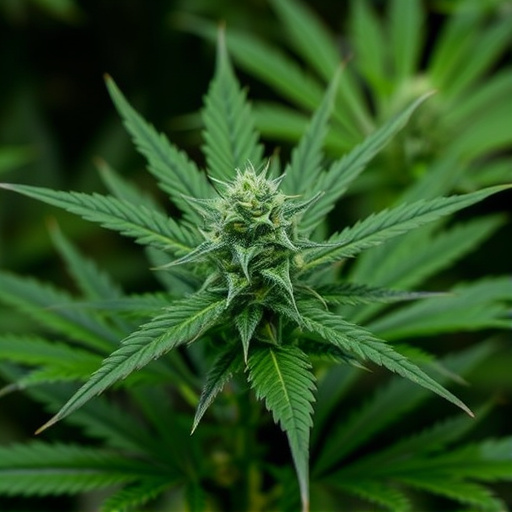
Cannabis flowers exhibit a vast diversity, with numerous strains each boasting unique chemical compositions and consequently distinct therapeutic potential. These differences arise from varying levels of cannabinoids, the most well-known being THC (tetrahydrocannabinol) and CBD (cannabidiol). Strains can range from high THC to high CBD or offer balanced profiles, providing a wide array of effects. For instance, strains with higher THC concentrations are often sought for their euphoric and pain-relieving properties, making them appealing for recreational use and managing chronic conditions like multiple sclerosis.
In contrast, CBD-rich strains have gained prominence for their non-intoxicating properties, offering potential benefits such as anxiety reduction, sleep improvement, and anti-inflammatory effects. This diversity allows individuals to choose cannabis strains that best suit their needs based on desired effects, whether it’s relaxation, pain management, or addressing specific health concerns, illustrating the multifaceted medical uses of these unique plant varieties.
– How cannabinoids (THC & CBD) interact with the endocannabinoid system
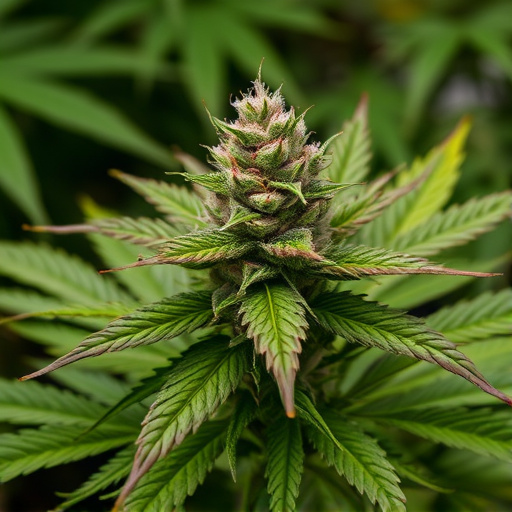
Cannabis flower, with its diverse compounds, particularly cannabinoids like THC (tetrahydrocannabinol) and CBD (cannabidiol), has gained significant attention for its potential medical applications. These cannabinoids interact with the endocannabinoid system (ECS), a complex network of receptors found throughout the body that plays a key role in maintaining homeostasis—the internal balance necessary for optimal health.
THC, the primary psychoactive component, binds to CB1 receptors in the brain and CB2 receptors in immune cells, influencing mood, memory, appetite, and pain perception. CBD, on the other hand, interacts with a range of receptors indirectly, modulating the effects of THC while also engaging with separate receptors involved in inflammation, anxiety, and seizure regulation. The interplay between these cannabinoids and the ECS offers promising avenues for treating various conditions, such as chronic pain, multiple sclerosis, and certain forms of epilepsy, highlighting the potential benefits of specific cannabis strains and their effects on different medical needs.
Cannabis flower’s medical potential is a fascinating area of exploration, largely centered around its diverse strains and their distinct effects. Understanding the unique chemical profiles within different cannabis strains, including their cannabinoid content, is key to unlocking their therapeutic benefits. THC and CBD, two prominent cannabinoids, interact with the body’s endocannabinoid system, offering a range of potential applications for various medical conditions. By continuing to study these interactions, researchers can further harness the power of cannabis strains effects to provide effective and safe treatments in the future.








